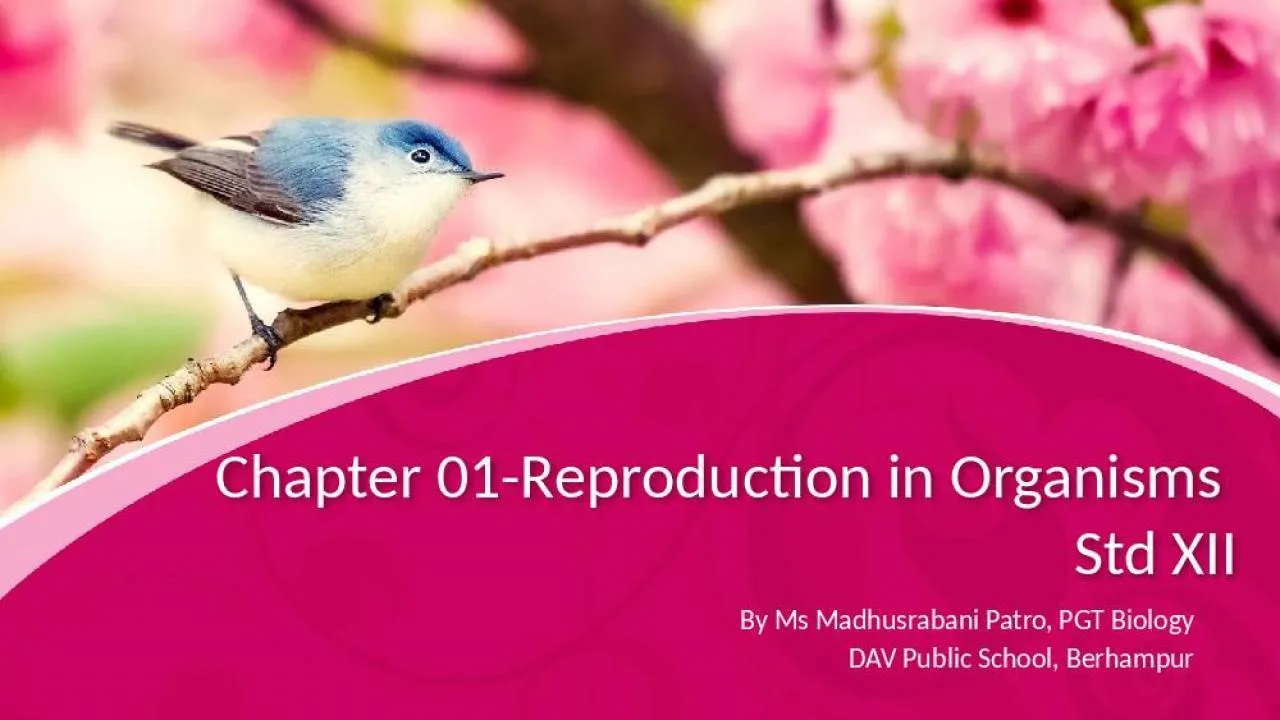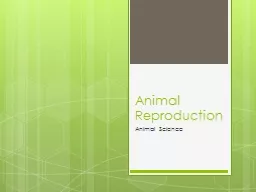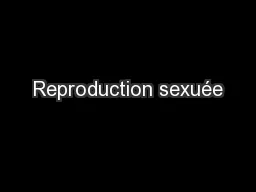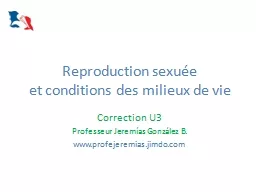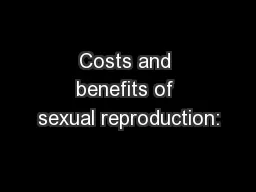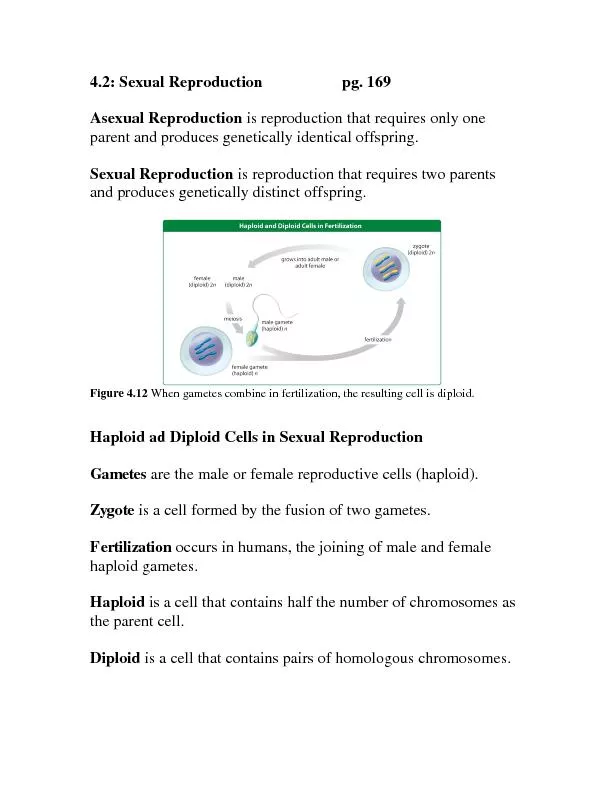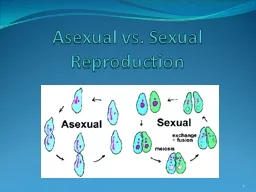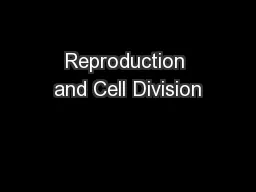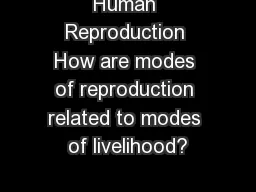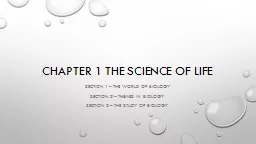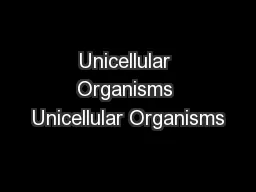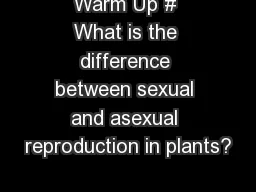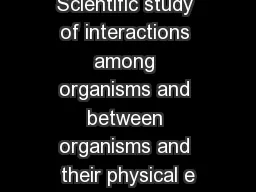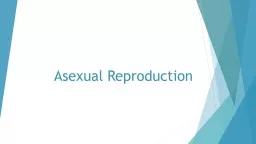PPT-Chapter 01-Reproduction in Organisms
Author : amelia | Published Date : 2024-06-07
Std XII By Ms Madhusrabani Patro PGT Biology DAV Public School Berhampur Introduction The period from birth to natural death is known as life span It dont
Presentation Embed Code
Download Presentation
Download Presentation The PPT/PDF document "Chapter 01-Reproduction in Organisms" is the property of its rightful owner. Permission is granted to download and print the materials on this website for personal, non-commercial use only, and to display it on your personal computer provided you do not modify the materials and that you retain all copyright notices contained in the materials. By downloading content from our website, you accept the terms of this agreement.
Chapter 01-Reproduction in Organisms: Transcript
Download Rules Of Document
"Chapter 01-Reproduction in Organisms"The content belongs to its owner. You may download and print it for personal use, without modification, and keep all copyright notices. By downloading, you agree to these terms.
Related Documents

